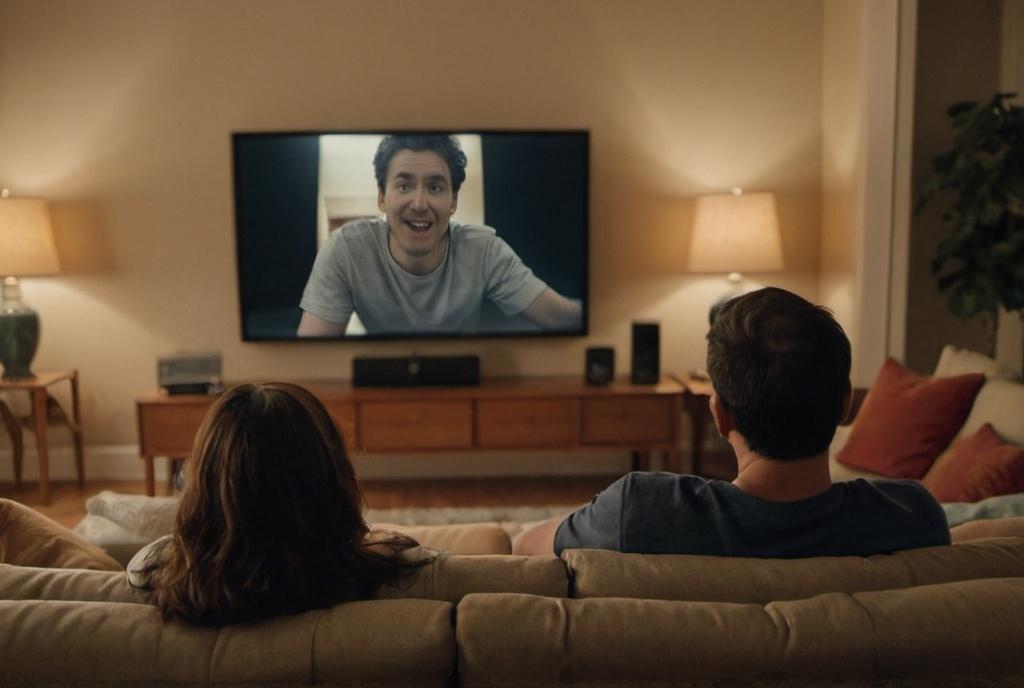
Key Take Aways About shooting on location vs studio
- Shooting on location offers realism but comes with logistical and financial challenges.
- Studios provide control and predictability, reducing weather-related delays and allowing tight schedules.
- Budgeting can differ significantly between location and studio shoots, impacting investor confidence.
- Digital technology blurs lines, offering realistic effects in studios but requires investment in tech and skills.
- The choice impacts both artistic outcomes and financial results; balancing is crucial.

Shooting on Location: Flexibility and Realism
Shooting on location offers a filmmaker the opportunity to capture the grit and authenticity of real-world environments. Picture a scene from a bustling city street, the roar of traffic in the background, and pedestrians unwittingly becoming extras. You can’t quite replicate that atmosphere in a studio, no matter how well it’s dressed. For an engaging film, sometimes a city alley might beat a carefully lit studio set hands down.
From a financial perspective, shooting on location can be a mixed bag. On the one hand, it often saves on set-building costs. Why build a beach house when you can film on an actual beach? On the other hand, logistical challenges like securing permits, accommodating cast and crew in remote locations, and transportation can inflate budgets quickly. However, the trade-off might be worth it for the realism and spontaneity intrinsic to location shoots.
The unpredictability of shooting on location can also drive up costs, especially when Mother Nature decides not to cooperate. Rain, wind, and changes in natural light can delay shoots, potentially causing overruns. This can impact a film’s overall budget, sometimes leading to those nail-biting calls with investors.
Studio Shooting: Control and Consistency
On the flip side, shooting in a studio offers unparalleled control. Everything from lighting to background noise is manageable, allowing directors to fine-tune scenes with precision. It’s like being in a laboratory, where every variable can be adjusted for the perfect concoction.
Budget-wise, studios can offer predictability. With a controlled environment, the risk of weather-related delays is minimized, which can make budgeting a bit less of a rollercoaster ride. However, studio rental and elaborate set design can also chew through a budget faster than anticipated. It’s all about balance.
Studios are also an ace when it comes to shooting tight schedules. In a controlled setting, shoots can occur 24/7, independent of daylight hours. This can help keep production on track and on budget, a factor that keeps investors sleeping easy at night.
Financial Implications of Shooting Choices
When it comes to financing a film, the choice between location and studio shooting can have cascading effects on the budget. Investors need to know where their money is going and how it’s being optimized. A film shot entirely on location might attract a certain kind of audience and investor seeking authenticity and rawness. Meanwhile, a polished studio production might appeal to those who value consistency and control.
It’s crucial to weigh these factors carefully during pre-production. The long-term financial implications can impact a film’s profitability significantly. Films with higher realism and authenticity might grab more attention and generate buzz, but if they overspend, profitability might suffer. Meanwhile, studio shoots might have lower post-production costs due to better control over elements like lighting and sound, but the initial cost can be steeper.
Impact of Digital Technology
In recent years, digital technology has blurred the lines between these two methods. Filmmakers can now use virtual sets and advanced digital effects to replicate the authenticity of location shoots within a studio. This technology isn’t always cheap but can be cost-effective in the long run, especially for films with hefty scene requirements. However, the adoption of technology also means investing in state-of-the-art equipment and skilled personnel, considerations that must be factored into the budget.
Conclusion
The choice between shooting on location and in a studio involves a tangle of financial, logistical, and artistic considerations. Each option carries its own set of advantages and challenges, impacting both the viewer’s experience and the financial outcomes. Whether it’s the spontaneous magic captured on a remote beach or the meticulous consistency found inside a studio, the decision needs to align well with the film’s vision and budget. Balancing these considerations is key to ensuring both creative satisfaction and financial prudency.



